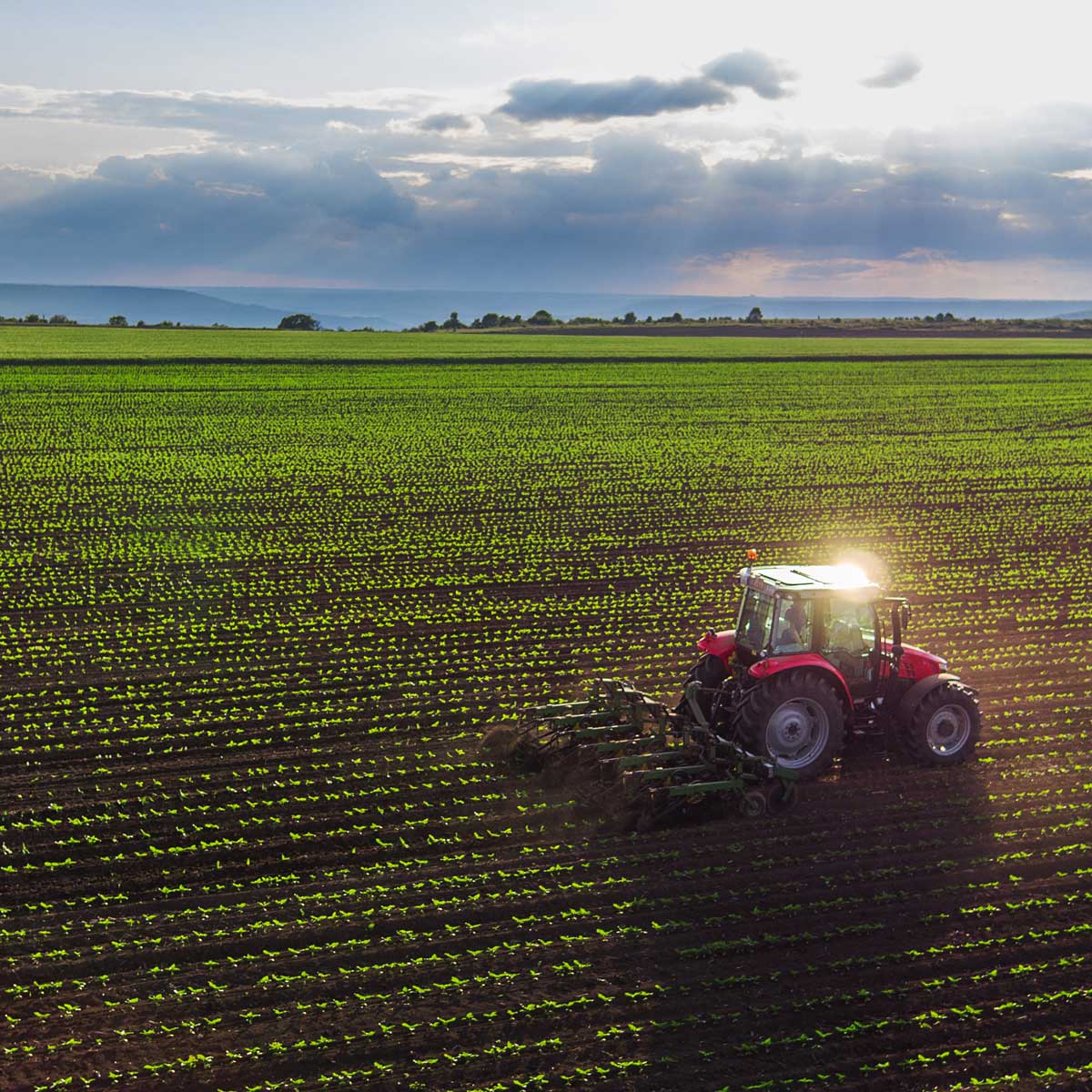This website uses cookies so that we can provide you with the best user experience possible. Cookie information is stored in your browser and performs functions such as recognising you when you return to our website and helping our team to understand which sections of the website you find most interesting and useful.
The Coronavirus Food Assistance Program 2 Funding Available in September

Information Summarized from the Press Release by the U.S. Department of Agriculture
According to the U.S. Department of Agriculture (USDA), farmers can go to their local FSA offices and sign up for the Coronavirus Food Assistance Program 2 (CFAP 2) beginning Monday, September 21.
The USDA announced that agricultural producers that continue to face market disruptions and associated costs due to COVID-19 are eligible to receive up to $250,000 per individual or entity, with $14 billion being made available for the industry. Producers can apply for the additional aid from September 21 through December 11, 2020.
The USDA’s press release informs readers that CFAP 2 payments will provide eligible producers with financial assistance that gives them the ability to absorb some of the increased marketing costs associated with the COVID-19 outbreak. Further, the USDA incorporated enhancements in CFAP 2 that were largely based on stakeholder engagement and public feedback in hopes of better meeting the needs of impacted farmers and ranchers.
CFP 2 Payment Rates to Consider
Additional commodities are eligible in CFAP 2 that did not qualify in the first iteration of the program. CFAP 2 payment calculations are outlined in three categories by the USDA. They are as follows:
- Sales Commodities: specialty crops, tobacco, aquaculture and similar commodities will use a sales-based approach, in which producers are paid based on five payment gradations associated with sales from 2019.
- Price Trigger Commodities: commodities such as row crops, livestock and dairy meet a minimum five percent price decline from January through July.
- Flat-rate Row Crops: flat-rate row crops that do not meet the five percent price decline trigger or do not have data available to calculate a price change will have payments calculated based on eligible 2020 acres multiplied by $15 per acre.
For price trigger commodities, the payment is based on 2020 planted acres and is the greater of:
$15 per acre, or 2020 Actual Production History (APH) times an effective rate per bushel
Those effective rates per bushel are as follows:
- Corn = $.23
- Soybeans = $.31
- Wheat = $.39
Livestock payments (non-breeding stock) are based on the highest inventory between April 16 and August 31, 2020 multiplied by:
- Beef cattle = $55 per head
- Hogs and pigs = $23 per head
- Lambs and sheep = $27 per head
Eligibility and Payment Limits
The payments are limited to a combined $250,000 for non-specialty crops per person or legal entity. This payment limitation is separate from the CFAP 1 payment limit and the payment limitations established by the 2018 Farm Bill. Certain entities, such as corporations, limited liability companies, limited partnerships and trusts and estates, are eligible for multiple payment limits with the maximum being $750,000 for the entity if certain criteria are met. Eligible applicants must also have an average Adjusted Gross Income (AGI) for tax years 2016, 2017 and 2018 of less than $900,000; or 75 percent of the person or legal entity’s average AGI for tax years 2016, 2017 and 2018 must be from farming and ranching.
For More Information
Frequently Asked Questions can be found at www.farmers.gov/cfap/faq. For more information on CFAP 2, visit www.farmers.gov/cfap or contact your local FSA office, which can be found at www.farmers.gov. Our tax experts have years of experience serving businesses in the agriculture industry. Please contact us to talk about your unique situation.
This publication contains general information only and Sikich is not, by means of this publication, rendering accounting, business, financial, investment, legal, tax, or any other professional advice or services. This publication is not a substitute for such professional advice or services, nor should you use it as a basis for any decision, action or omission that may affect you or your business. Before making any decision, taking any action or omitting an action that may affect you or your business, you should consult a qualified professional advisor. In addition, this publication may contain certain content generated by an artificial intelligence (AI) language model. You acknowledge that Sikich shall not be responsible for any loss sustained by you or any person who relies on this publication.




